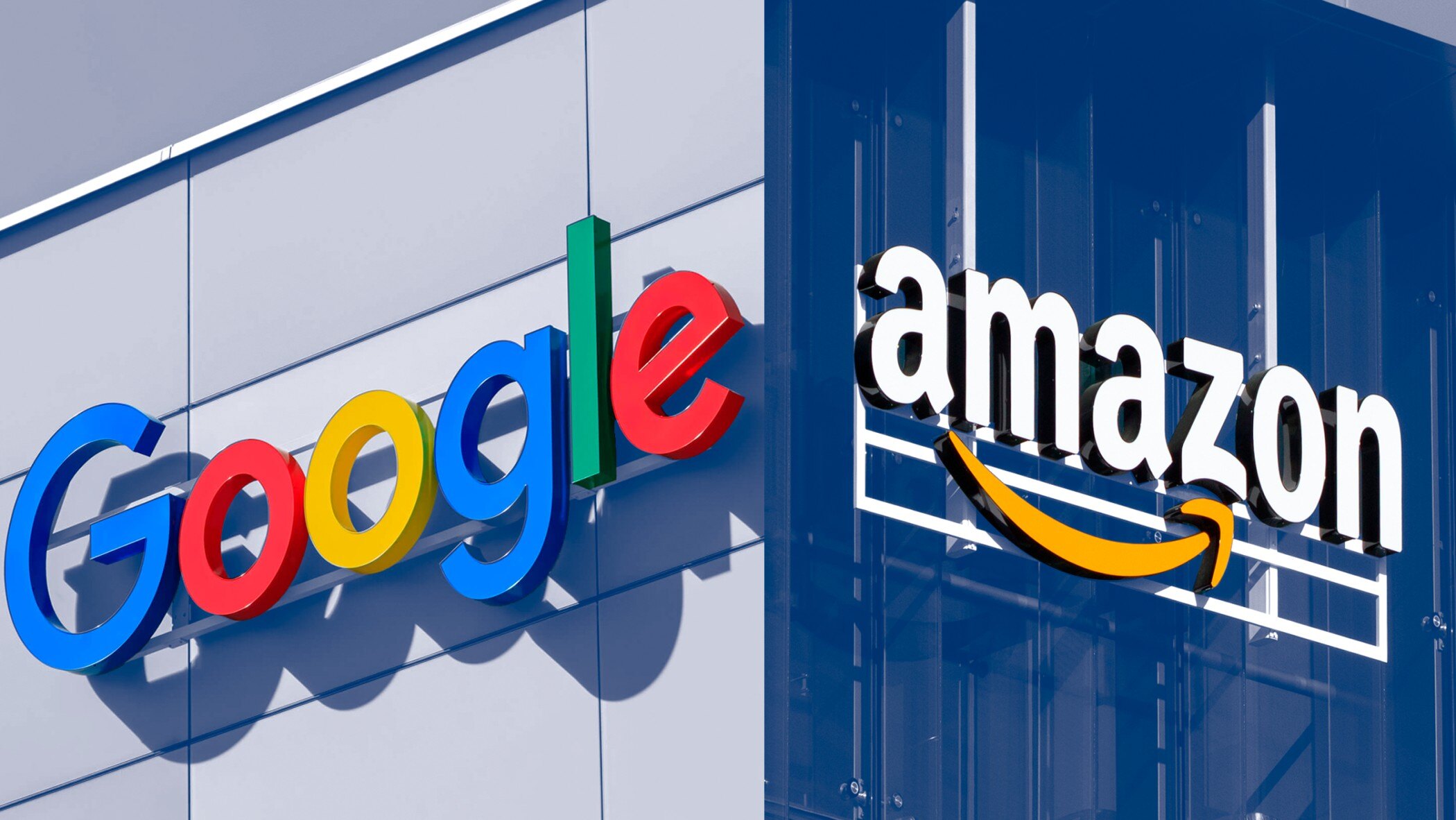From Argentina to Amazon: What Global Expansion Actually Takes
Global Expansion Isn’t Just About Listing on Amazon
For many LATAM brands, expanding globally sounds like the natural next step. Upload your product, launch ads, and scale across borders. Simple, right?
The reality is far more complex, especially if you’re starting in Argentina. High tariffs, complex import regulations, and local market dominance from platforms like Mercado Libre mean that “expansion” is never just about adding another sales channel. It’s about navigating systems, building the right logistics partnerships, and knowing when to leverage Amazon’s global programs versus when to adapt locally.
Why Argentina Is Complex Terrain
Tariffs and Regulation
Amazon itself has struggled to make inroads in Argentina. High tariffs and labyrinthine import rules mean that shipping is slow, expensive, and often unpredictable. Even well-known brands can face clearance delays that erode profit margins.
Mercado Libre Dominance
While Amazon struggles, Mercado Libre thrives. With deep local infrastructure, integrated payments, and logistics through Mercado Envios, it remains the go-to marketplace for Argentine shoppers. For many global sellers, Mercado Libre is the actual entry point into Argentina.
Mobile-First Growth
Argentina’s e-commerce growth is heavily mobile: over 67% of sales happen on smartphones, with transactions growing at a 15.7% CAGR. This means mobile UX, quick checkouts, and logistics visibility are non-negotiable.
Put simply: Argentina is a market with huge demand, but you need the right structure and patience, to make it work.
Why Amazon Global Selling Matters
Here’s where the global opportunity flips. Instead of forcing Argentina into Amazon, many sellers from Argentina are using Amazon Global Selling to expand outward.
Access Without Infrastructure
Amazon’s Global Selling Program lets you reach millions of customers in North America, Europe, and Asia without owning local warehouses or negotiating with multiple customs offices.
136 New Markets via FBA Export
In 2025, Amazon expanded its FBA Export program to 136 additional countries and regions. For LATAM sellers, this means you can ship once, store inventory in Amazon’s fulfillment centers, and Amazon handles the rest—cross-border logistics, customs, and delivery.
Revenue Potential
Sellers who embrace international expansion see revenue gains of up to +234% once they scale into multiple Amazon markets.
In other words, the complexity of Argentina’s import system shouldn’t stop growth. With Amazon Global Selling, LATAM brands can test, learn, and scale in global markets faster than trying to force Amazon into Argentina’s local system.
What Global Expansion Actually Takes
From my experience working with LATAM brands, the “big leap” isn’t just choosing Amazon or Mercado Libre. It’s building a system that balances where your brand has demand with where logistics and regulation actually allow you to scale.
Here’s the playbook most successful LATAM brands follow:
- Start global, sell local: Use Amazon Global Selling to access U.S. and EU customers while Mercado Libre builds your base in Argentina.
- Prioritize mobile-first infrastructure: Optimize content, listings, and funnels for mobile buyers.
- Lean on FBA Export for scale: Let Amazon handle customs and delivery so your team can focus on demand generation.
- Diversify marketplaces: Don’t rely on one entry point. Build presence across Amazon, Mercado Libre, and Shopify to mitigate regional risk.
Final Thought
Argentina’s market will remain complex. Tariffs and regulations aren’t going away overnight. But that doesn’t mean Argentine or LATAM brands are locked out of global growth. Amazon’s Global Selling, FBA Export, and multi-market strategies make expansion more accessible than ever, if you’re strategic about it.
The lesson? Expansion isn’t about chasing the biggest marketplace. It’s about knowing your terrain, using the right tools, and aligning your strategy with the realities of logistics, regulation, and consumer behavior. At Hatchecom, we help LATAM brands make this leap, not just to survive the complexity, but to turn it into a competitive edge.
What’s the biggest barrier you see for LATAM brands going global? Tariffs? Logistics? Or adapting to new customer behavior?
.png?width=238&height=70&name=Logo%20HatchEcom%20azul%20(1).png)
.png?width=200&height=59&name=Logo%20HatchEcom%20azul%20(1).png)





